In January 2022, port facilities in Belgium, Germany and the Netherlands reported large-scale ransomware attacks that disrupted operations at oil terminals and prevented tankers from delivering energy supplies throughout the region. The attacks impacted at least 17 terminals, including those in Hamburg, Ghent, Antwerp-Zeebrugge and Rotterdam. The reported ransom demands were around $14 million, well above the average demand. In 2019, a Singapore-based public-private initiative called Cyber Risk Management (CyRiM) studied a hypothetical cyberattack against 15 Asian seaports. In their analysis – called the Shen Attack – the theorized cyberattack would be launched by a computer virus carried by a…
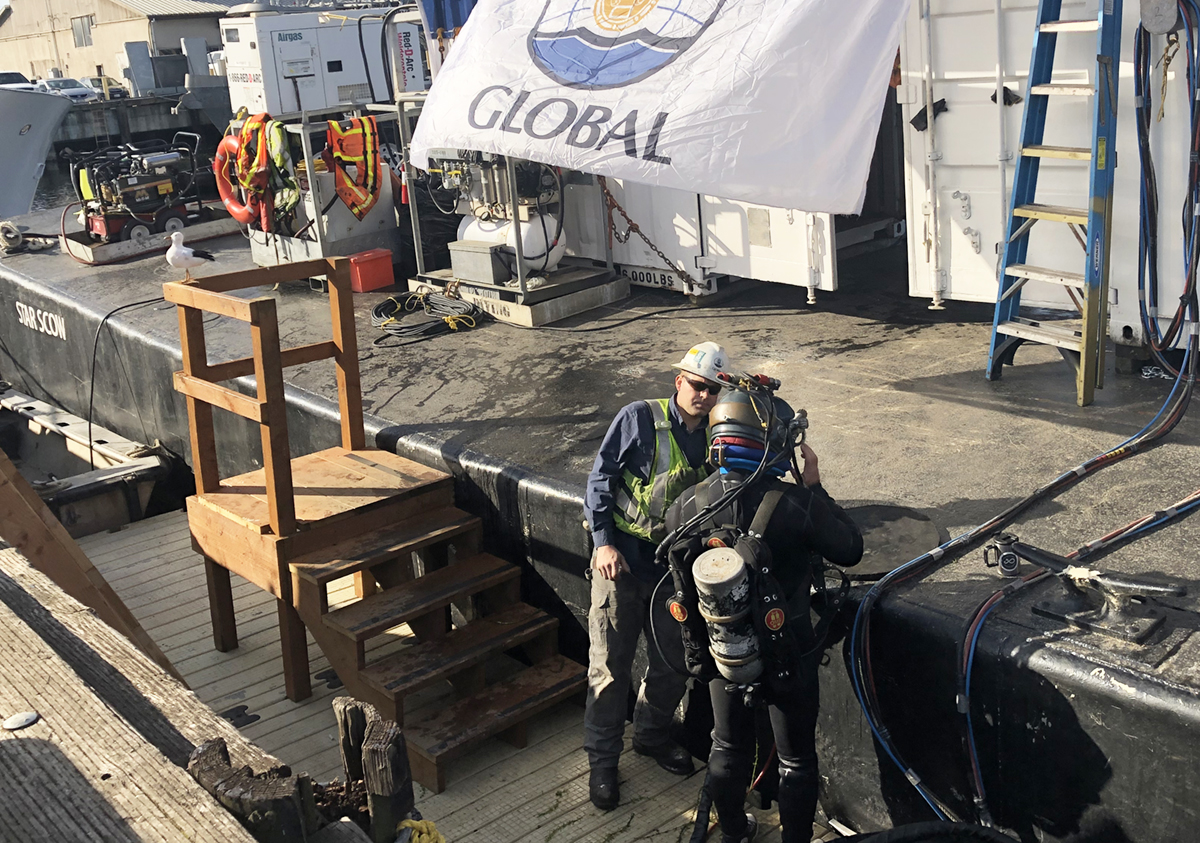
In general, as a society we like to believe we have evolved, and are continually evolving, to make the world a smarter, safer and overall better place. Technology has taken us to unimaginable heights to make tasks easier, more efficient and hopefully safer. New cars are well equipped with a massive amount of safety tech devices from lane-departing alarms to blind-spot indicator warnings and a host of other innovations that alert the driver and try to mitigate human error as much as possible. The trucking industry has electronic logbooks for drivers that record distance and working hours along with highway…
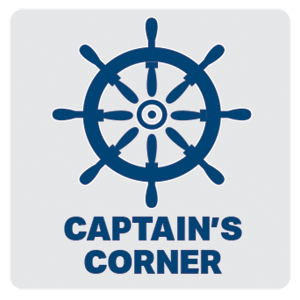
It would appear that “doing more with less” could be the unofficial motto for today’s society, especially regarding the workplace. Restaurants, offices, tech companies and many other businesses are feeling the squeeze of being short staffed and finding it hard to recruit and retain qualified long-term help. What does this mean for the employees who are in the workforce? It means doing more than your normal duties in your job description. While it is a fact that sometimes you just do what needs to be done to perform the task at hand, this extra effort is creating an environment for…

The challenge of securing ships and ports is not new. The Jack Sparrows of the world long have been trying to hijack ships, steal their cargo and misdirect the vessels onto the rocks, so pirates can harvest the booty that floats onto the beach. However, with better technology on ships and in ports, and new vectors available for the attacks, the necessary actions to predict and prevent physical and cyber assaults to shipping companies and seaports are increasing. There is more work to do to keep the buccaneers at bay, and there are new threats to consider in the maritime…

At this point, I believe it’s no secret that finding experienced, qualified and reliable workers has been a challenge for many employers, especially those in the maritime sector: I have touched on this a few times in my past columns. Unfortunately, we are continuing to see this trend follow us as we approach the halfway mark of 2022. It has prompted many to ask, “Where have all the mariners gone?” At first, I really didn’t give it much thought. But I began to have to confront the question more and more as it was coming up almost daily in my…
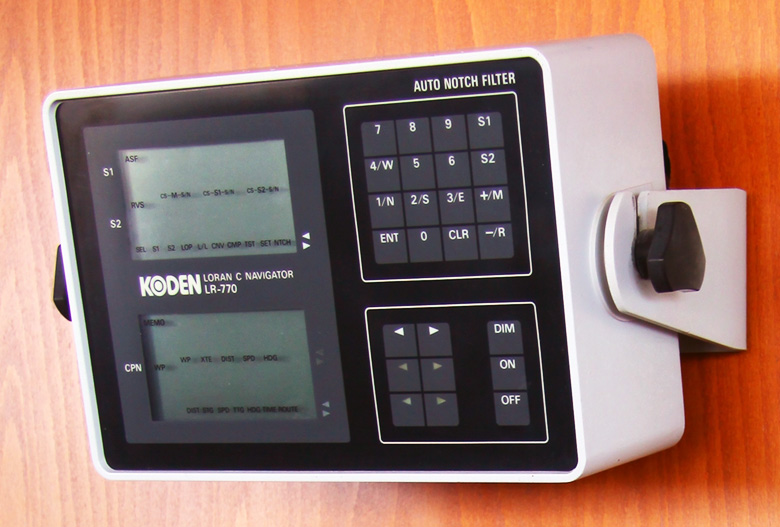
No doubt older mariners remember the LORAN navigation system, but for those too young to use LORAN, it may not be long before you must learn. For the uninitiated, if you’ve ever wondered what those gridded lines on navigation charts are, you might be interested to hear about the navigational aid. The LORAN system was developed during World War II and used to accurately position mariners for about 60 years until it was declared obsolete and decommissioned in 2010. Its successor, GPS (Global Positioning System), is so powerful and easy to use that it has become a part of our…

The world of maritime cybersecurity is relatively new, and there’s an increasing amount of information on this topic in the maritime media. In fact, Pacific Maritime Magazine has included a bi-monthly column focused on this topic to help readers better understand why cybersecurity is important to the trade and to offer some references and guidance to readers when they wish to learn more about cybersecurity for their ships and ports. In the area of international cybersecurity guidelines, there are several entities producing detailed cybersecurity recommendations that ship owners are expected to observe. These organizations include the International Maritime Organization (IMO),…

Off to Sea Considering the limited pool of qualified and experienced U.S. mariners to fill job vacancies as of late, I felt there would be no better time than the present to write this piece. The result of this shortage has given way to some incredible employment opportunities for brand new, entry-level sailors. With that being noted, recently I have encountered some very basic, yet valid questions by these “greenhorns,” and it made me think back to my very first trip to sea. I had absolutely no idea what I was doing or what to expect, what to do once…
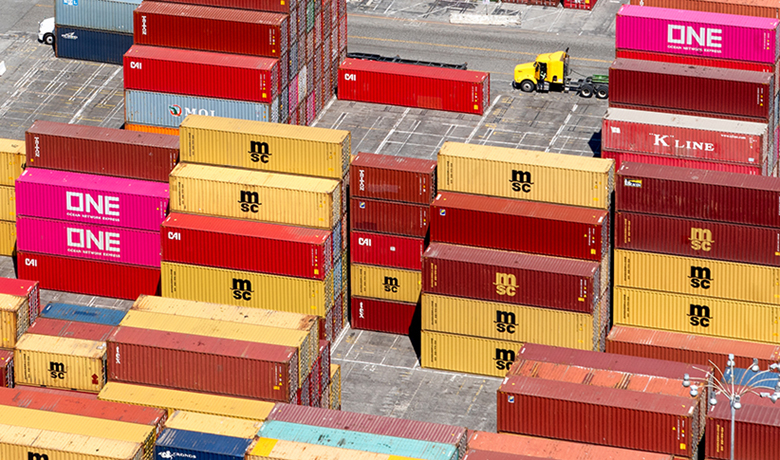
In early March, multiple global shipping firms, including Switzerland-based MSC, Denmark-headquartered Maersk and France’s CMA CGM announced that they’ve halted cargo bookings to and from Russia until further notice due to Russia’s invasion of neighboring country Ukraine. “As the crisis in Ukraine continues and governments impose new sanctions on Russia and its allies, A.P. Moller—Maersk is keeping a close eye on developments and making necessary adjustments in line with the latest restrictions,” Maersk said in a March 1 statement explaining its decision. “As the stability and safety of our operations is already being directly and indirectly impacted by sanctions, new…
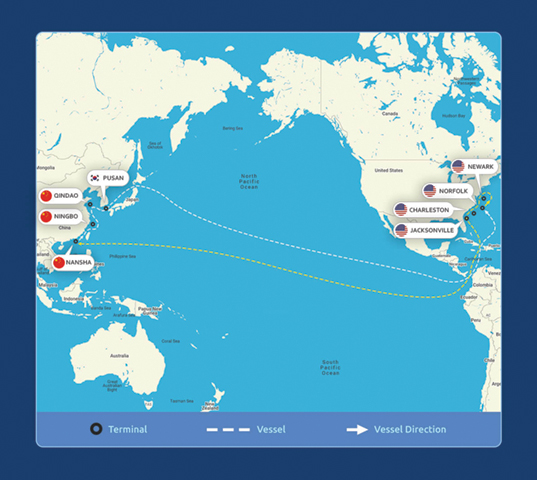
Singapore-based Sea Lead Shipping on March 3 revealed that it was launching a new service linking ports in East Asia with ports on the East Coast of the United States, while completely bypassing West Coast ports. “The Asia East Coast (AEC) service will provide shippers with a reliable and timely service that avoids the port congestion that is hampering efficient service at many other (West Coast) ports,” Sea Land said in a statement. The new weekly service commenced March 7 with the first sailing from the Port of Nansha in south China. Port rotation for the service will be as…
